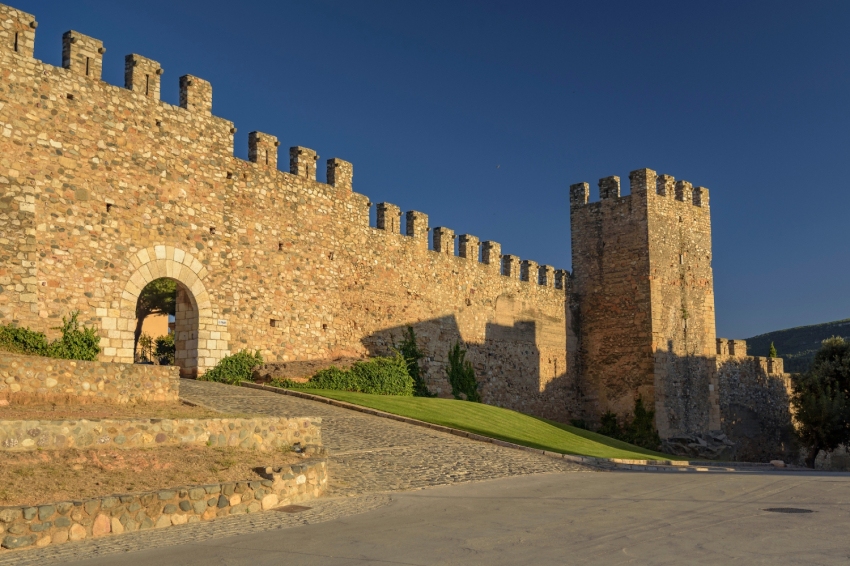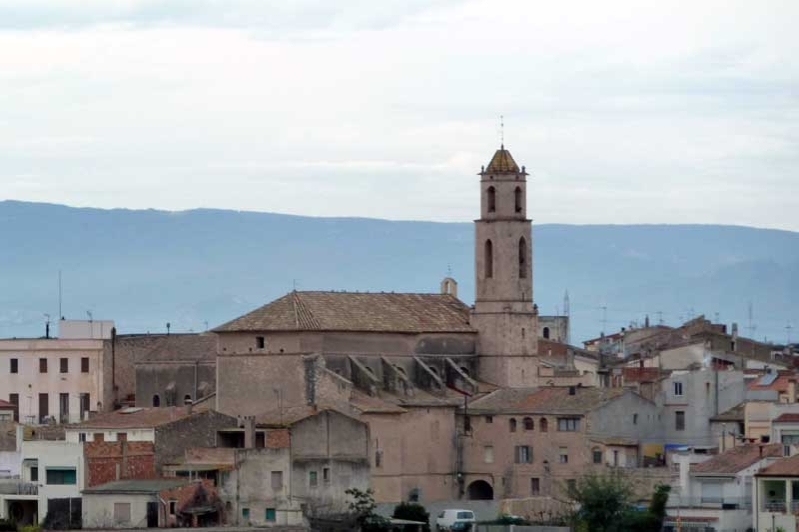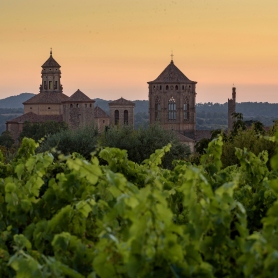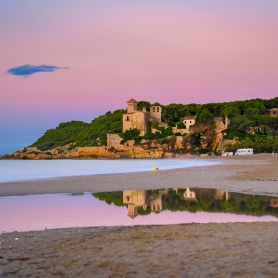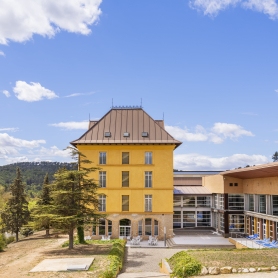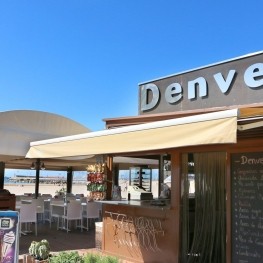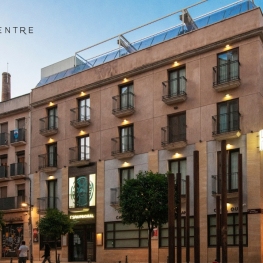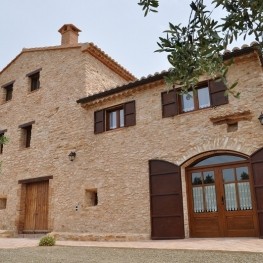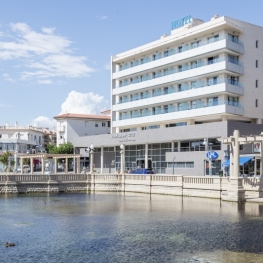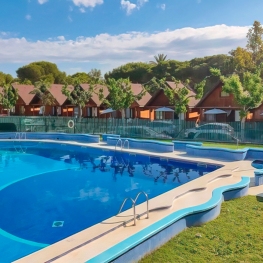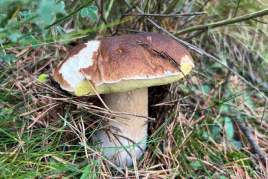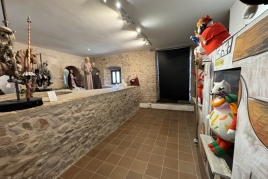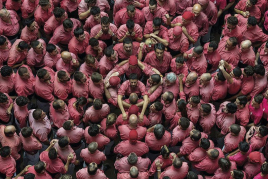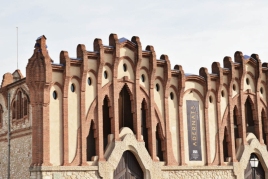A trip to the universe of calçots
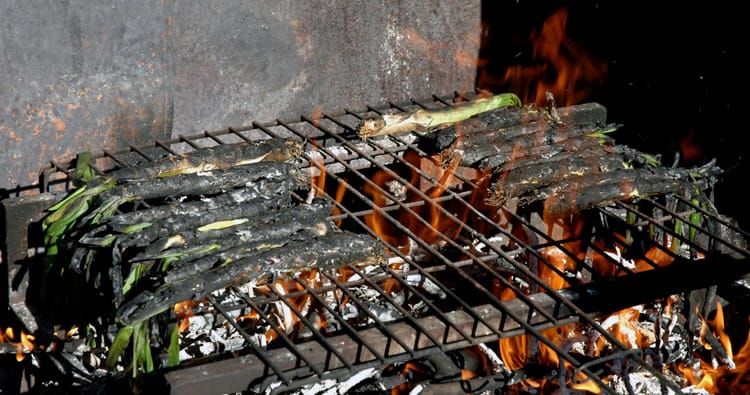
The calçotada is one of the most popular and significant gastronomic festivals in Catalonia with more than a century of life. Its reason for being is calçot, a variety of white, sweet and elongated onion that is eaten cooked on the grill, with sautéed sauce and accompanied by a good grilled meat and a good wine.
From femTurisme we propose a gastronomic route to Valls, the epicenter of calçots, as well as to other nearby towns: Masmolets (Valls), Fontscaldes (Valls), Alcover or Montblanc where you can also taste a magnificent calçotada. Isn't your mouth watering already?
Valls, capital of calçots and the "casteller fact"
Valls, capital of the Tarragona region of Alt Camp, is the place of origin of calçots. Experts say that this region and its geographical area of influence is where they have the best flavor. It must be true because since 1995 the production of calçots from Alt Camp, as well as from Baix Camp, Tarragonès and Baix Penedès, has its own quality designation. To qualify for this designation, calçots must measure between 15 and 25 centimeters long and have a diameter between 1.7 and 2.5 centimeters.
This gastronomic route has its epicenter in Valls, where on the last Sunday of January the calçot season kicks off with the " Great Calçotada Festival ", which has been celebrated since 1982.
Valls is a city that concentrates half of the population of Alt Camp and that preserves much of its important medieval past in very good condition. From that time are the convents of San Francisco (today, a hospital), of the Capuchins (now Casa de la Caridad) and of Carmen. You can also visit monuments from later periods, such as the archpriest church of San Juan, in Gothic style with a Renaissance façade, or the Roser chapel. The latter has important glazed ceramic panels from the 17th century inside. Furthermore, you cannot miss the arcaded Wheat and Oil squares.
Valls is considered the place of origin of calçots because, according to legend, at the end of the 14th century a farmer from this city (Chat de Benaiges) was the first to start cooking them over the embers of a fire and who devised a romesco sauce very similar to that of our days (in Valls the salvitxada ).
During the first years of the 20th century, and progressively, calçots became the usual food for many families on holidays, but it was especially from the 1960s onwards when their consumption began to become popular. This was thanks to the action of many restaurateurs who saw a very succulent business in calçotada.
The coup de grace was given by the travel agencies by including the calçotada in the tourist itineraries in the area. Thus, a rather humble dish has become part of the most vivid tradition of Catalonia and has spread to other areas of the country, where calçots are also produced and consumed.
Last Sunday in January the " Great Calçotada Festival " is celebrated, a gastronomic festive day that serves to inaugurate the season and, in the process, promote calçots. The festival presents a very complete program of contests and popular tastings that attracts more and more people interested in experiencing a calçotada in the most traditional style.
In addition to the calçots, Valls is known for being the birthplace and reference point of the colles castelleres throughout the country. The city has two, the Colla Vella de los Xiquets de Valls (documented from the 14th century) and the Colla Jove de los Xiquets de Valls, founded in 1971.
Visit to Alcover
From Valls and seven kilometers along the C-37 highway we can approach the municipality of l' Alcover, located on the banks of the Glorieta river. In this old walled city we can visit the Old Church or Church of the Purísima Sangre, in Romanesque style and popularly known as "the Mosque".
Montblanc, between walls
If you return to Valls and you like to visit the city of Montblanc (Conca de Barberà) you can take the N-240 road, which will allow you to first pass through the towns of Masmolets and Fontscaldes (added in Valls ). These are two very old towns, in fact, near Fontscaldes, excavations were carried out that made it possible to find one of the best sets of painted Iberian ceramics in Catalonia.
Finally you will arrive at Montblanc, the capital of the Conca de Barberà region, a wonderful city that was the center of a medieval duchy with an old town that was declared a Historic-Artistic Site in 1948.
Montblanc has a wall of more than 1,500 meters that makes it the largest military work in medieval Catalonia. As a curiosity, we would like to mention that, according to legend, the fight between Saint George and the dragon took place right in front of these walls.
In addition to the walls, in Montblanc you should visit the church of San Francisco, from the 13th century, in Catalan Gothic style, the Romanesque bridge and the church of Santa María la Mayor, from the 14th century.
Visit to Nulles, Bràfim, Montferri and Salomón
If you still want to extend the route a little more, from Valls, we recommend visiting three small towns in Alt Camp and one in Tarragonès, so when leaving Valls you should take the TV-235 highway and you will arrive at Nulles, a small town where you can Visit the San Isidro Agricultural Cooperative, in a Noucentista modernist style, and taste a good wine or cava from the area.
Leaving Nulles you can turn left to go to Bràfim, a small municipality that extends to the right of the Gaià, and where you will find some bucolic places next to the Sanctuary of the Virgin of Loreto. Leave Bràfim taking the Santes Creus road and you can make a stop in the town of Montferri, a town where, in addition to the medieval architecture, there is the modernist sanctuary of the Virgin of Montserrat.
Finally, go towards Salomó (Tarragonès region), where you can visit the church of Santa María de Salomó, well known everywhere since every May 3, the Ball del Sant Crist is celebrated inside, a very popular representation of a medieval legend in which the Invention of the Holy Cross is narrated.
The ideal calçotada
To taste a calçotada "properly", you need some good embers, calçots de Valls, salvichada sauce to accompany, lamb meat, bread, aioli and a good wine. For dessert, the usual thing is to enjoy a homemade Catalan cream.
Once cooked, the calçots are wrapped in newspaper and placed on a tile. This is done to better conserve heat. You will probably receive them already with a bib on to avoid getting stained (some restaurants also offer plastic gloves); At this point all that remains is to dip them in a little sauce before tasting them.
NOTICE: They are eaten with your hands. Although traditionally it was done standing up, nowadays it is more common to eat calçots sitting at a table, especially if it is in a restaurant, preferably with a good group of friends or accompanied by family. Usually between 25 and 30 calçots per person are consumed, although there are contests in which the winners eat more than 300.
What is the best time to eat calçots?
The ideal season to eat them officially begins on the last Sunday of January, the date on which the Great Calçotada Festival is celebrated in Valls, and lasts until the beginning of April. However, more and more people want to try them and this means that they can already be savored since November. During this period, more than four million calçots can be consumed.
How to get?
To get to Valls from Barcelona we recommend the following options:
- By coach: the Hispano-Igualadina company covers the route at various daily times.
Tel. 93 804 44 51 - by train: RENFE covers the route but does not have much offer.
www.renfe.es - By car: From Barcelona you can take the AP-7 motorway towards Tarragona until the junction with the AP-2; then you can continue along this until exit 11 of Vilarodona/ Valls.
What to do
La Teva Ruta
Reus (a 13.2 Km)Guided tours of various monuments and towns in the Camp de Tarragona.…
Mon Casteller- Museu Casteller de Catalunya
VallsVisit the Casteller de Catalunya Museum and discover the origins of the…
Where to eat
Iberik Rocallaura Balneari
Vallbona de les Monges (a 14.8 Km)Iberik Rocallaura Balneari is located on the Cistercian Route, in the municipality…
Bodega Miquel Jané
Font-rubí (a 24.9 Km)Discover the world of wine with our comprehensive viticulture and oenology courses,…
Restaurant Denver Cambrils
Cambrils (a 23.5 Km)From the legendary Xiri to the current restaurant, Denver offers a creative…
Arena Tapas Restaurant
Salou (a 21.1 Km)Enjoy an innovative cuisine, with high-quality local products of proximity, with an…
Where to sleep
Mas Rossell
El Pla de Santa Maria (a 5 Km)Mas Rossell is a rural accommodation or farmhouse, located in the municipality…
Hotel Balneari Platja de Comarruga
El Vendrell (a 13.6 Km)Spectacular resort located near the sea to enjoy the marine environment and…
Càmping Arc de Barà
Roda de Berà (a 10.1 Km)Arc de Barà is a very family-friendly campsite 60 meters from the…


